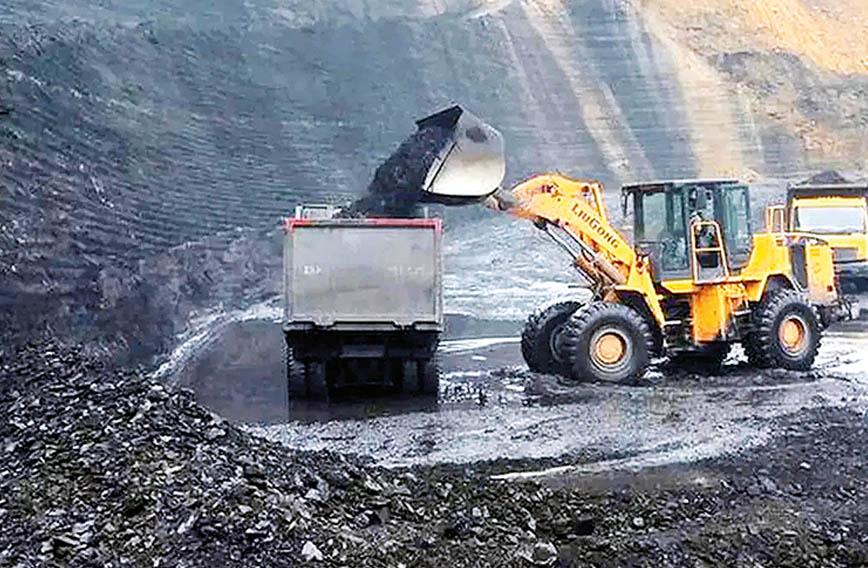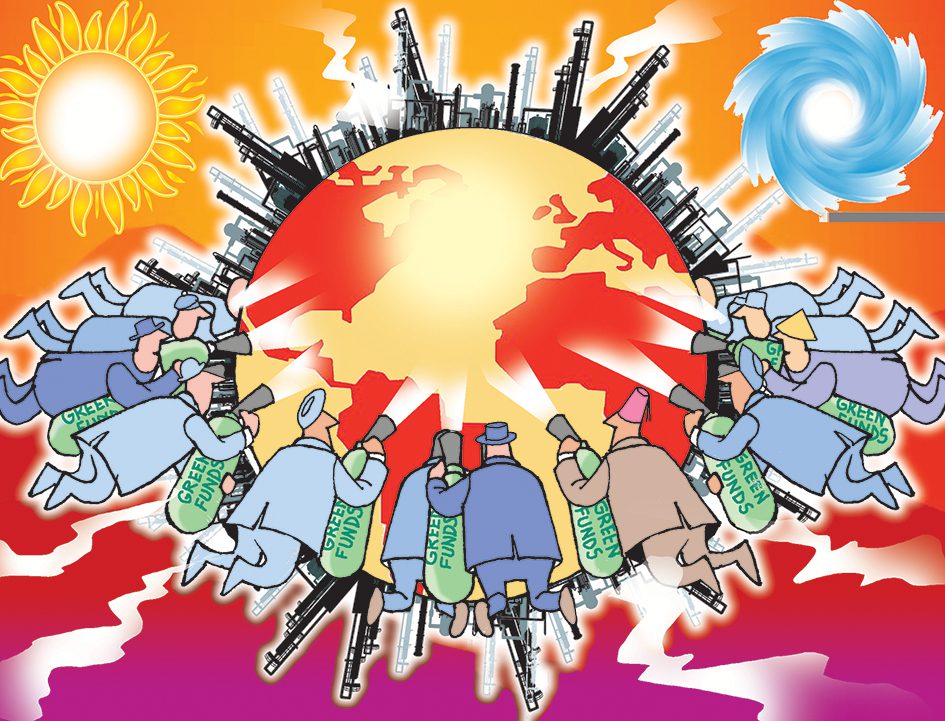MOST of us know the Damodar Valley either from school textbooks or from its portrayal in films like Kala Patthar and Gangs of Wasseypur. Yet the valley is far more than what is captured in books or on screen. Spanning the coal-rich districts of Jharkhand and West Bengal, the Damodar Valley — often called India’s Ruhr Valley — has powered the nation’s growth since Independence. Coal from Jharia and Raniganj fuelled India’s rise, while the steel plants of Durgapur and Bokaro and the fertilizer factories of Sindri became the celebrated “temples of modern India.” The valley was an engine of national ambition.
Today, that engine is sputtering. The region stands as a stark paradox: rich in coal and industrial infrastructure, yet choking on the very resources that once made it prosperous. The air is thick with pollution, the rivers run contaminated, and the economic model that once promised secure employment is now creating a landscape of uncertainty. The mines that built modern India are becoming its tombstones. The imperative is clear: the Damodar Valley must urgently transition from a coal-based past or risk terminal decline.
The evidence of this decline is everywhere. In Dhanbad, the coal capital of India, nearly half the mines are abandoned or non-operational. By 2030, a staggering 80 percent of the mines will cease operations due to exhausted reserves or unprofitability. This narrative is echoed across the valley. For example, coal production in the Raniganj coalfield in West Bengal has plateaued at about 40-50 million tonnes per year and is likely to decline rapidly. Once the nation’s largest coal producer, the Damodar basin has now slipped to third place, overtaken by coalfields in Odisha and Chhattisgarh.
The downstream industries are faring no better. Jharkhand, despite sitting on mountains of coal, is paradoxically a net importer of electricity. Ageing thermal power plants at Patratu, Bokaro, Bandel and Kolaghat have shut down. Overall, less than 5 percent of India’s thermal power capacity remains in the valley. Even the Damodar Valley Corporation’s (DVC) multipurpose dams, designed for flood control, irrigation and hydropower, are silting up: their power generation is minimal and flood control capabilities increasingly compromised. Parts of West Bengal now flood annually due to diminished water-holding capacity in dams such as Maithon, Panchet, Konar and Tilaiya.
But this is not just an economic crisis; it is a human one. Over 200,000 workers — the very people who dug the coal and manned the plants — now face the spectre of job losses. The region’s workforce participation rate is already a worryingly low 30 percent. Without a viable alternative, we are staring at a social and economic vacuum of immense proportions.
Yet, within this crisis lies an unprecedented opportunity. The same assets that defined the valley’s industrial age can be repurposed to build its green future. A recent assessment by my colleagues reveals that the districts of Dhanbad, Bokaro and Ramgarh (DBR) — the core of the valley — have the potential to become a major green industrial corridor.
Consider the resources. The region has over 100,000 hectares of barren and mining-ravaged land. Under the intense sun of eastern India, this land is not a scar but an asset — a potential site for solar farms capable of generating up to 10 gigawatts (GW) of clean power by 2030, far exceeding Jharkhand’s 2027 target of 4 GW. The reservoirs at Maithon, Panchet and Tenughat can host floating solar projects and form the foundation for a green hydrogen industry. With India pushing for hydrogen-based steelmaking and fertilizer production, DBR — with its existing steel and fertilizer plants and water infrastructure — is uniquely positioned to become a hub for green hydrogen, green steel, and green fertilizer. In addition, repurposing closed mines into solar farms, industrial parks, or even tourism sites can drive local employment and economic diversification, creating lakhs of new, sustainable jobs.
The infrastructure is already in place: robust connectivity via national highways and railways, and proximity to the upcoming Amritsar–Kolkata Industrial Corridor. Most important, the region has a young, resilient workforce eager for new opportunities.
To realize this potential, however, a deliberate and just strategy is essential. First, the Central government must partner with the states to create a new blueprint for the Damodar Valley, transforming it from a traditional coal economy into a vanguard of green development. A dedicated Green Growth Plan for the DBR region should be the starting point. In addition, the DVC itself must diversify into a green energy company.
Most critically, this transition must be just. The workers and communities who built the coal economy must not be left behind. This requires massive investment in skilling, social protection, and enterprise development. The Jharkhand government, in particular, must pioneer a Just Transition Policy to ensure that the shift to a green economy is equitable and inclusive.
History offers a powerful parallel. Germany’s Ruhr Valley faced an identical crisis with the decline of coal. It chose a path of proactive transformation, investing in technology, education and culture. Its last coal mine closed in 2018, but today, former industrial sites are vibrant museums, universities, and green spaces. The Ruhr transformed a monoculture economy into a diversified, resilient hub.
The Damodar Valley now stands at the same crossroads. It has given its energy, its environment, and its labour to build the nation. But it must now confront the dual realities of depleting coal reserves and the global shift toward clean energy. The Ruhr teaches us that transformation cannot be left to chance — it requires foresight, planning, and investment. If India acts decisively, the Damodar Valley can avoid decline and instead lead the green transition in eastern India




